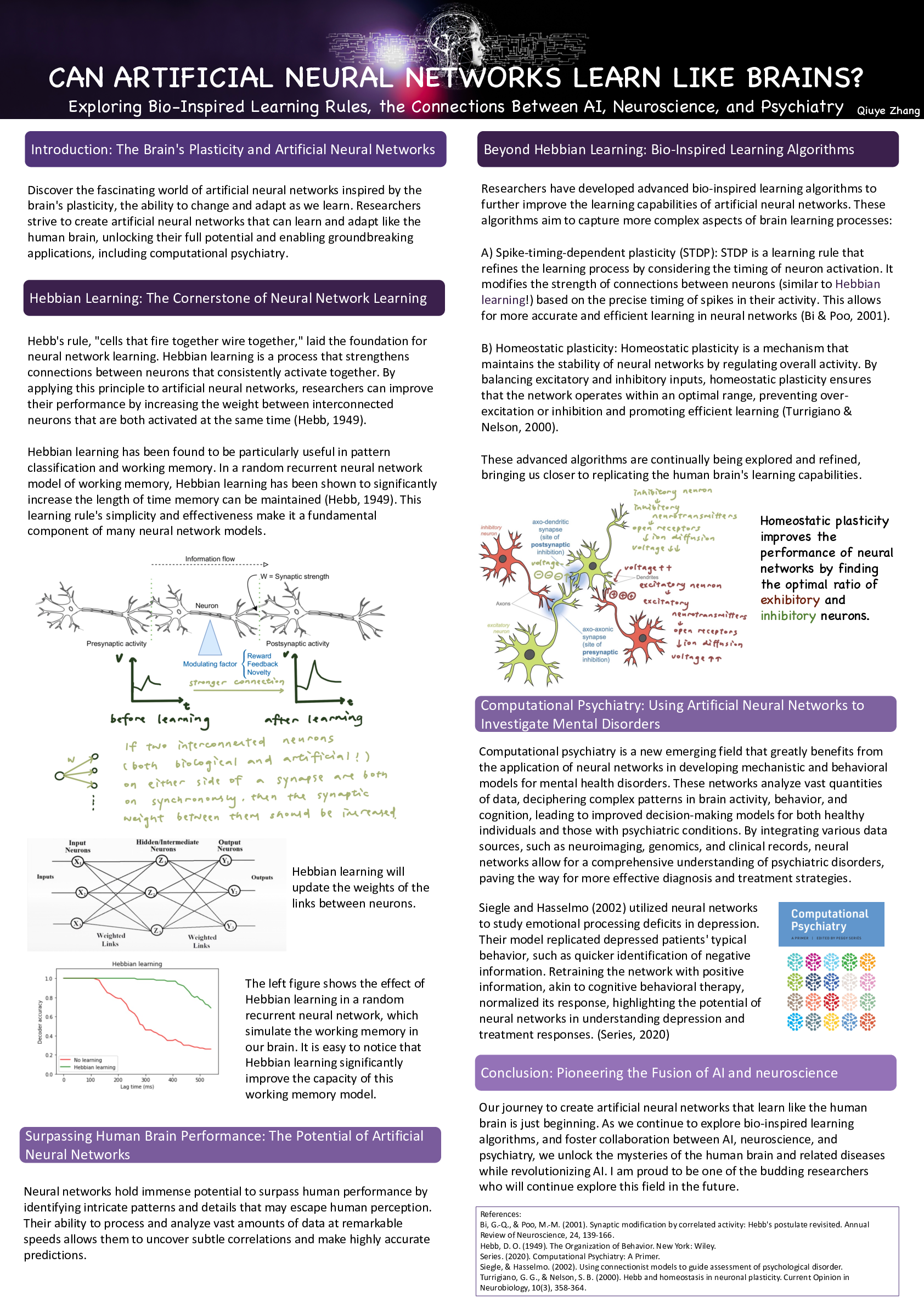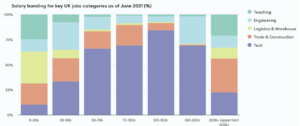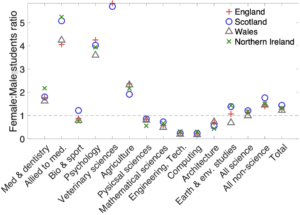In the last week of May, I attended the International Conference on Autonomous Agents and Multiagent Systems (AAMAS) 2023 conference in person. This was the first in person conference after the pandemic, and the location of the event was London, which was an easy destination to reach but also an expensive destination to stay. AAMAS brings together researchers from all over the world.

The keynote from Karl Tuyls at AAMAS-23 (Photo credit: Sebastian Stein)
I would like to talk about a Diversity and Inclusion activity included in AAMAS 2023. A diversity lunch event has been organized to bring together participants of the conference. The goal was to share ideas for how to increase diversity at the conference and in our community. There was a panel consisting of Catholijn Jonker, Delft University of Technology, the Netherlands; Sarit Kraus, Bar-Ilan University, Israel and Manuela Veloso, J.P. Morgan, USA. The panel was chaired by Maria Gini, University of Minnesota, USA. It was a bit disappointing that the panel was not diverse enough (e.g., four white women talking about their own careers). However, I really enjoyed all the stories shared by the speakers.
Have a mentor to get career advice. Jonker emphasized the importance of having mentors in her life, since she was always part of a male-dominated research community. In her case, Maria Gini was her mentor, who was her role model. Jonker said she still continues getting advice from Maria. I believe this is a powerful message. It does not matter how senior you are in your career; it is always important to have mentors you can trust and talk to when you need advice.
Improve your time management skills. Kraus shared her story about how she became a successful academic while raising her kids. She had to establish a work-life balance; her life story showed that one does not necessarily need to give up on things.
Avoid confronting colleagues in group settings. The stories shared by Manuela Veloso were really interesting because she is someone who has both academic and industry experience. When she was working as an academic, she said she was not listened to during meetings even if she was sharing a very interesting idea. However, when a male colleague of her was saying exactly the same thing, others in the meeting were supporting his idea. She said such things were upsetting her a lot, since she was the one putting so much effort to come up with an original idea. Her advice was not to confront such people in a group setting. Instead, having a one-to-one conversation with such colleagues would be more effective. I will definitely take this advice!
Be a voice not an echo. – Albert Einstein
Do care about people in your life. Veloso mentioned that she really cares about people and her relationships with them. Her advice, similar to Kraus’ advice, was about work-life balance. She said not to focus on achieving many things by working for long hours. Instead, her advice was to spend time with people such as colleagues, friends and family. She said people will forget about your achievements, but they will always remember how you treated others. I also liked this advice; it is important to invest time to build meaningful relationships.
Do you have power? Use it wisely! Veloso emphasized that people with power are the ones who could take positive actions, people are likely to listen to others on power. Since she is leading an AI group at J.P. Morgan at the moment, she said she was using her power to build a diverse gender-balanced team. I think this is a good message for the community as well. People with power can make changes more easily than others. When you hold such a position, you can support people around you and be their voice (and not undermine them!).
I really hope that Diversity and Inclusion activities will become an essential part of conferences we attend. Such activities are excellent to create a safe space for everyone, participants can speak with each other and share their expertise. It is not always easy to speak up, but listening to other people’s stories can help us to realize that we are not alone. This can also give us the confidence to share our own stories.




